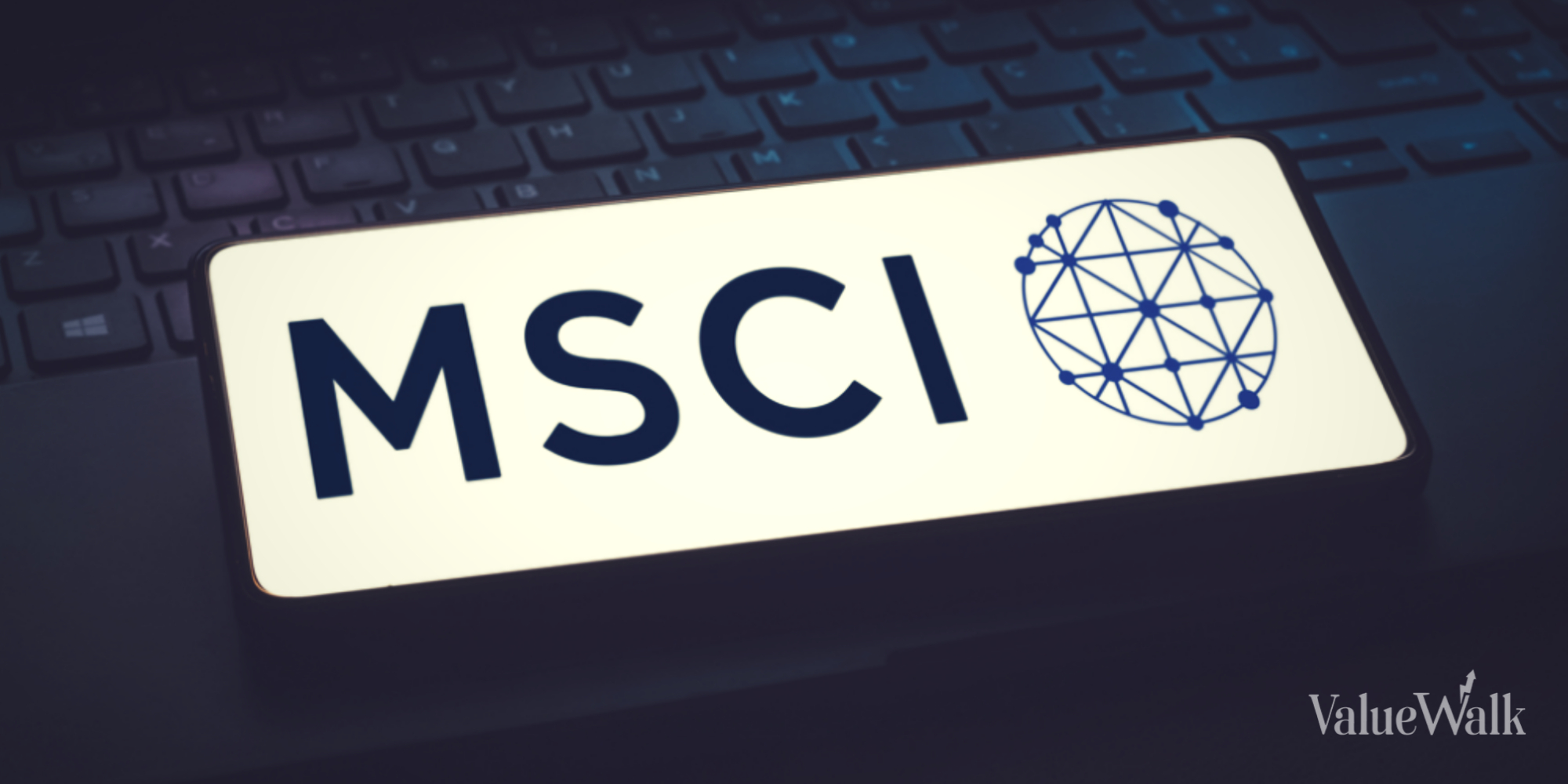“Davidson” submits:
The ‘Elephant’ in the room is the US dollar . It is a global financial stability indicator which incorporates the complex mix of geopolitics and economic activity. It is the very messy landscape which investors must navigate. The confusion of recent terrorist events surprises investors that the US$ continues to fall. It is falling even this week when many would expect fear to drive capital back to the US dollar just as during the Russian invasion of Ukraine. But, not this time. Voters in Democratic countries, the US, England and France, have spoken loudly that a stronger defense of Democracy is required. Democracy has finally been aroused to fight back. Even though terrorism and ISIS-types may appear to be having greater impact, the US dollar weakness is a clear sign that global capital is returning to developed, developing and emerging markets. Although many who shout that a ‘strong US$’ will indicate this weakness as an issue, the historical trend does not bear this out.
Humanity is becoming increasingly aware that Democracy is not the cause of terrorism, but the target. Democracy permits freedom of expression within bounds for the safety of all. Empathy is what connect each of us to others and is the source of our belief in the concept of the “Good Samaritan’. Living peacefully is our desired expectation. Slowly, we have become increasingly aware that even though ~95% of us believe in Democracy, there are ~5% who do not. Recent research indicates ~5% of humanity misses the ‘Empathy Gene’. We refer to them as individuals who have Anti-Social Personality Disorder. The old term is ‘sociopath’. These individuals envy the success of the people around them. To beat someone at something, to cause someone else to lose is positive in the minds of sociopaths. They only recognize power over others as their personal goal. Relishing a friend’s success which is normal for ~95% of us is not something to which they can relate. Anyone whose defeat represents increased control for the sociopath becomes their target. The worst crimes on humanity were the result of sociopaths, the Hitler’s, the Saddam Hussein’s and Mao’s of the world. Democracy provides room up to a point for these individuals, but should they not find an overly-non-destructive path, our justice system forces compliance for the safety of other 95%. Terrorists are sociopaths. When Democracy finally acts, the world feels better and we see it in global capital flows. There are easy to read books available explaining ‘sociopathic behavior’. Send me a note if you would like to learn more about this important feature of humanity.
The historical trend reflects a slowly declining US dollar. This trend declines at a -0.86% rate vs. Major Trade Weighted Currencies and reflects an increasingly globally connected world. The US, because it is the freest of ‘Free Markets’ with our individual property protections, has been the global technology leader for many decades. In spite of our high level of self-maligning (free societies are free to criticize themselves as loudly as they like), we have the highest standard of living. This is due to free markets providing a robust environment for creativity and invention which can enter the economic system in the form of new companies seeking a profit. New products and services improve standards of living, but also raise costs of producing old but still useful technology to the point of being uneconomical to produce natively. Such products are out-sourced to developing countries where the cost is lower and imported as needed. This process widens global trade, exports one’s higher standard of living and makes foreign currencies stronger relative to one’s own currency as trade expands. It is globalization and expanding global standard of living which causes the US$ to weaken long-term. The US dollar will continue to weaken as long as the US$ continues to be the freest and most creative/inventive marketplace and continues to export the manufacturing of its still necessary but old technology to less costly sources. Air conditioners are a good example of an invented technology now mostly imported.
A US$ falling back to its long-term trend means that the global capital balances are normalizing. Investors should expect the long-term US$ trend to repeat as long as the US remains the most creative/inventive society globally. If another country arises with similar level of free market activity, then the trend we see today will change. Such a change represents a societal and internal governance directional shift not witnessed the past 300yrs. Such an evolution occurs very slowly. We can assume the US dollar trend will continue for at least the next few years. Capital which sought safe-haven in the US is returning to whence it came, now that geopolitics has shifted towards the defense of Democracy and Free Markets. The World feels better!
The direct impact for US based investors is the rise in Intl Equities as shown by the EFA(MSCI iShare ETF). The EFA is at the highest level since 2014, the Russian invasion of Ukraine. Intl Equity funds have been rising since Feb 2016. The relationship to the US$ is highly correlated but one should not expect precision with human decision making between asset classes. We are dealing with market psychology as it develops a sense of where capital is likely to achieve the better returns. As the US$ falls, investors should expect the rise in Intl Equities to continue.
US$ strength has been one of the reasons for weaker than expected earnings in the SP500 2014-2016. The strong US$ slowed US exports of high-valued manufactured products and resulted in adverse currency translations for goods sold and for profits of businesses with overseas operations. It is a global world. All SP500 companies have had currency translation issues. It is surprises to earnings which drive investor psychology and in turn market prices. The US dollar returning to its long-term trend should prove a positive impact to most investors. It helps that economic indicators signal a continuation of the global economic expansion.
Two indicators which are offer good investor guidance are the Chemical Activity Barometer(CAB) and the T-Bill/10yr Treasury Rate Spread.
The CAB measures economic activity using data derived from the US chemical industry. The CAB was just reported at 117.39. Consumer spending drives chemical use in every aspect of daily living one can possibly conceive. The CAB responds both to US and global economic activity as chemicals in various forms have a large global trade component. The slow down in the 2014-2016 period reflected the impact of the strong US$ and the onset of a US industrial recession. (See the inset chart of US exports.)
Inset:
The American Chemistry Council which produces the CAB has a chart showing the impact of the strong US dollar on US exports and chemicals in particular in 2015. Investors should expect to see exports improve as the US$ normalizes.
https://www.americanchemistry.com/Trade-Overview/
The rise in the CAB beginning Apr-May 2016 reflects that many US corporations, having adjusted to the strong US$, exited this recession. Companies like John Deere&Co and Caterpillar have provided significant earnings surprises to the SP500. The SP500 is higher as a result. The US dollar has only recently begun its normalization. There is a significant lower US$ is yet to come in my opinion. It should prove quite positive to US exports.
The other indicator supporting economic expansion is the T-Bill/10yr Treasury Rate Spread. The near-term history shows recent detail. The history from 1953 shows that when this rate spread shifts to 0.20%, lending slows and economic activity tips into recession with a major market correction.
Historically every time global investors flooded the US with capital driving up the US dollar, they caused US 10yr Treasury rates to fall and subsequently narrowed this rate spread. But, as global economic expansion continued, global investors shifted capital back to International markets over time resulting in higher 10yr US Treasury rates and a widening of the rate spread. US investors and businesses have a different impact which influences T-Bill rates. When they are pessimistic, they buy T-Bills which drives T-Bill rates lower causing the spread to widen. When US investors turn more optimistic, they sell T-Bills for higher returns elsewhere. The play between US and global investors/businesses influences rate spread in a complex dance as market psychology and geopolitics evolve. With US Treasuries the most significant Sovereign debt traded globally, the T-Bill/10yr Treasury Rate Spread becomes a global economic indicator.
With the T-Bill/10yr Treasury Rate Spread holding at 1.35%, it remains well into economic expansion territory. Investors can expect both T-Bills and 10yr Treasury rates to rise from current levels. Past history suggest the T-Bill/10yr Treasury Rate Spread should widen for a period resulting in stimulation global lending. A T-Bill/10yr Treasury Rate Spread level in the range of 2.50%-2.70% has been the historical norm. Eventually, investors/businesses become so optimistic they sell T-Bills and drive T-Bill rates higher to the point that the rate spread falls to 0.20% or lower. At that point lending slows significantly and economic activity shifts to correction. Today, conditions are quite positive and improving!
The World is getting better and markets are trending higher.
This is a good time to add capital to portfolios!





